Stories about weapons. Tank T-26
We continue our series of materials from the museum of military stories in Padikovo. Today, our hero will be the Soviet light tank T-26. The car is unique and controversial, but nevertheless, the tank went through more than one war and is worthy of the most detailed disassembly, both from the outside and from the inside.
Combat path T-26 was very long and difficult. The Spanish Civil War, Hassan, Khalkhin Gol, the war with Finland, the Great Patriotic War. The final place of application of the T-26 was the field of the defeat of the Japanese Kwantung Army in the Far East.
The predecessor of the T-26 was the T-18 tank, which was a copy of the French Renault FT-17. By the year 1929 came the understanding of the need to create a more modern machine and the general lag of Soviet tank building.
In 1930, a procurement commission was created under the leadership of I. Khalepsky and the head of the engineering design bureau for tanks S. Ginzburg, whose task was the selection and purchase of samples of tanks, tractors and cars suitable for adoption by the Red Army.
In the spring of 1930, the commission visited the UK, which in those years was considered the world leader in the production of armored vehicles. The commission's attention was attracted by the light tank Mk.E, created by Vikkers-Armstrong in 1928 — 1929 and offered for export.
Vickers Armstrong offered several variants of the tank, in particular the Model A with two single turrets with the Vickers 7,7-mm machine gun and the Model B with a twin-turret with a 37-mm short-barreled gun and the 7,7-mm machine gun. Only a double-turbo tank, designated B-26, was purchased.
For the production of T-26, in the absence of alternatives, the Leningrad plant Bolshevik was chosen, previously engaged in the release of T-18. In the spring of 1931, the department of the plant, which consisted only of 5 people, prepared for production and manufactured two standard tank specimens. By 1 May, working drawings were completed, and 16 June was approved a manufacturing process and production of equipment for mass production began.
The design of the tank during the production has been constantly improved. In addition to introducing new towers, in 1931, the engine was relegated to the stern to provide better working conditions, and from the beginning of 1932, new fuel and oil tanks were introduced, and from 1 in March of the same year, the T-26 began to install a box above the grille air outlet, protecting the engine from precipitation.
At the same time, two versions of tanks were produced - with machine-gun armament and with machine-gun and cannon, consisting of a DT-29 machine gun in the left turret and an 37-mm gun in the right one. The machine gun tanks at the end of 1932 began to be produced with ball mounts for the new DTU machine guns, but since the latter were soon discontinued, the tanks of these series were unarmed and they later had to replace the front plates of the towers with suitable ones for the old DT-29.
The guns tanks were installed 37-mm gun Hotchkiss or its modified Soviet version of "Hotchkiss-PS."
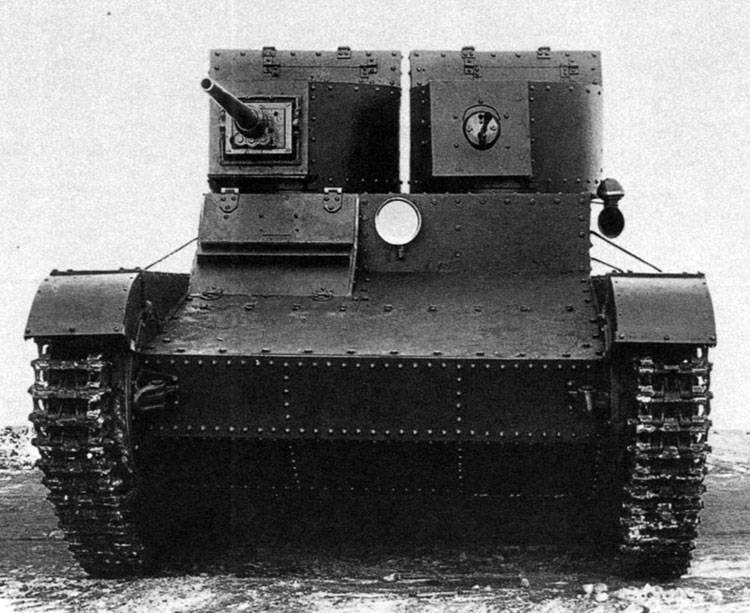
In reality, the work on the single-turbo T-26 began only in 1932. Mastering the assembly of a conical tower of curvilinear armor plates presented difficulties for the Soviet industry, therefore the first tower of this type, created by the Izhora plant by the spring 1932 of the year and intended for the BT-2 tank, had a cylindrical shape. At the tests of the riveted and welded versions of the tower, preference was given to the first one, which was recommended for use after the refinement of the identified deficiencies and adding a niche for the installation of the radio station in the rear part.
While we were working on the tower, the question of the arming of the tank was also resolved. In May 1932 of the year for the replacement of 37-mm anti-tank guns was adopted 45-mm gun mod. 1932, who also became a candidate for tank armament. Compared to the 37-mm gun, the 45-mm gun had about the same armor penetration, but the fragmentation shell was more effective because it was equipped with a large explosive charge.
At the beginning of 1933, the design bureau of the plant No. 174 developed a paired installation of the 45-mm cannon and machine gun, which successfully passed factory tests in March 1933. At the same time, it was decided to adopt the one-towered T-26 with the 45-mm gun.
It is this tank that is currently under consideration.
The main armament of single-turret modifications was 45-mm rifled semi-automatic gun mod. 1932 (20-K), and since 1934 of the year - its modified version of the sample 1932 / 34. Semi-automatic tool implements 1932 / 34's. It worked only when firing armor-piercing shells, whereas when firing fragmentation, due to the shorter recoil length, it worked, providing only automatic shutter closure when the cartridge was inserted into it, while the shutter was opened and the liner was extracted manually. The practical rate of fire of the gun was 7 — 12 rounds per minute.
The gun was housed in a machine coupled to the machine gun, on the axles in the frontal part of the tower. Guidance in the horizontal plane was carried out by turning the tower with the help of a screw turning mechanism. The mechanism had two gears, the speed of rotation of the tower on which in one revolution of the flywheel of the gunner was 2 or 4 °. The guidance in the vertical plane, with maximum angles from −6 to + 22 °, was carried out using a sector mechanism.
Guided twin installation was carried out using a panoramic periscopic optical sight PT-1 arr. 1932 g. And telescopic TOP arr. The 1930 PT-1 had an increase in x2,5 and 26 ° field of view, and its aiming grid was designed to fire at a range of 3,6 km with armor-piercing shells, 2,7 km with fragmentation and up to 1,6 km from a paired machine gun.
For shooting at night and in low light conditions, the sight was provided with an illumination of scales and crosshairs of the sight. The TOP had an x2,5 magnification, 15 ° field of view, and an aiming net designed for firing at a range of, respectively, 6, 4, 3 and 1 km. From the 1938 of the year, a TOP-1 telescopic sight (TOC-1), stabilized in the vertical plane, was installed on the part of the tanks, with the same TOP optical characteristics. The sight was supplied with a collimator device, when the cannon oscillated in a vertical plane, it automatically fired a shot when the position of the gun coincided with the aiming line. Gun arr. 1934 G., adapted for use with a stabilized sight, was designated as arr. 1938. Due to the complexity of the use and training of the gunners, by the beginning of World War II, the stabilized sight was removed from service.
Tower T-26 inside:
The basic means of external communication on the T-26 served as a flag alarm system and all two-turreted tanks had only it. On the part of the produced single-turret tanks that received the designation T-26РТ, a radio station of the 1933-TK-71 model was installed in the fall of 1. The share of the RT-26 was determined only by the volume of deliveries of radio stations, which were primarily equipped with vehicles of the commanders of the units, as well as part of the line tanks. The maximum range of communication in the telephone mode was 15 — 18 km in motion and 25 — 30 km from the spot, in telegraph, up to 40 km; in the presence of interference from the simultaneous operation of many radio stations, the communication range could be reduced by half.
For the internal communication between the tank commander and the driver-mechanic on the tanks of earlier releases, a negotiation tube was used, later replaced by a light-signaling device. On tanks equipped with a radio station from 1937, a tank intercom TPU-3 was installed on all crew members.
On the basis of the T-26 was developed a large number of machines for various purposes and ACS.
76,2-mm gun escort, intended for artillery preparation and support of tanks and as anti-tank weapons.
76-mm (in the picture) and 37-mm anti-aircraft automatic gun to provide air defense of mechanized units on the march.
TR-4 - TR-4 and TR-26 armored personnel carriers, TR-4-1 and TP-26 ammunition transporters, fuel and lubricants ТЦ-26 transporter.
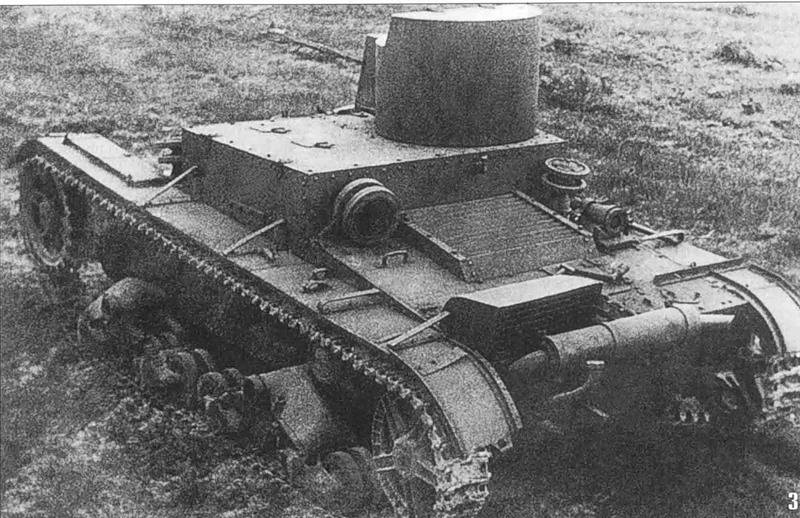
T-26-T - armored artillery tractor based on the chassis T-26. The early version was with an unprotected turret, the later T-26-T2 was fully armored. A small number of tanks were produced in 1933 for a motorized artillery battery, for towing divisional 76,2-mm guns. Some of them remained up to the 1945 year.
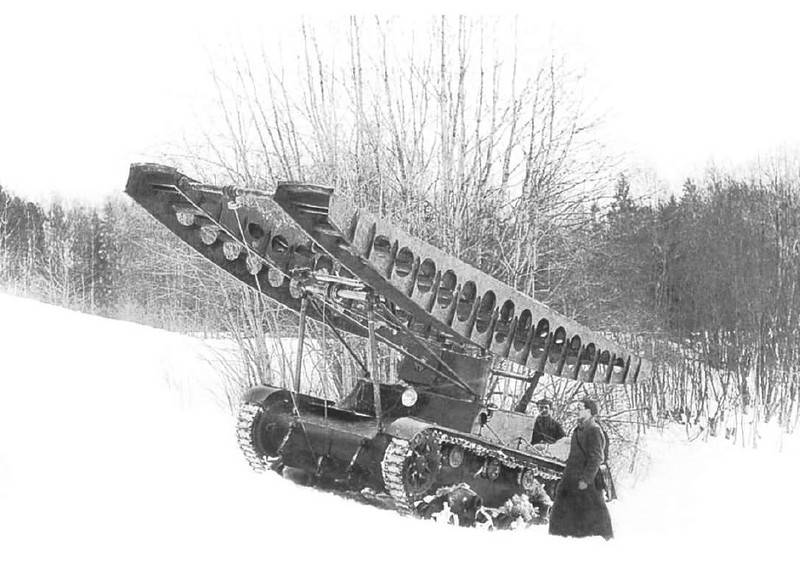
CT-26 - a sapper tank (bridge laying). Produced from 1933 to 1935 year. Total collected 65 machines.
Along with BT, the T-26 tanks formed the basis of the Soviet tank park before the start of the Great Patriotic War and in its initial period.
It should be noted that the T-26 type tanks were popular at one time, but the lack of coordination in tank units (lack of a walkie-talkie) and the low speed T-26 made it easy prey for enemy tanks. But the light tank does not fight with tanks according to the military doctrine of that time.
Components on the principle of "all my carry with me."
Light tank supports infantry, destroys enemy guns and machine guns, these are its main objectives. Although for the 45-mm cannon T-26 was not a problem of the armor of the main German tanks T-1 and T-2 and the Czech T-38.
Yes, booking a tank was bulletproof. Despite the weak armor, the tank was tenacious due to the fact that the engine and tanks were located in the aft compartment behind the fence.
The armor protection of the T-26 was designed for a maximum of resistance to rifle bullets and shell fragments. At the same time, the armor T-26 was easily penetrated by armor-piercing rifle bullets from a distance of 50-100 m.
On 22 June, 1941 in the Red Army numbered about 10 thousand T-26. But not bulletproof booking and low mobility of the tank were one of the factors that led to the low effectiveness of the use of these tanks in the initial period of the Great Patriotic War. Reservations of most German tanks and self-propelled guns of that time were not invulnerable to T-45 26-mm guns. The majority of the T-26 tanks were lost by the Soviet side in the first six months of the war, far from collisions with German tanks.
Today it is known that a significant part of the losses of the Red Army Tank Forces in the summer of 1941 had a non-combat character. The maintenance engineering personnel, due to the sudden start of the war, was not called up in terms of the material support of tank units. Nor were transferred to the Red Army of the tractor for the evacuation of equipment and tankers. Tanks during forced marches broke and rushed, were left due to lack of fuel.
The main cause of losses for the T-26 was the lack of proper management and supply. Where there were no supply issues, the T-26 proved to be a completely worthy opponent to German light tanks. T-1 and T-2 didn’t exceed T-26 in terms of booking and speed, and T-26 definitely exceeded them.
Alas, but the human factor caused the large losses of this tank.
In conclusion, we want to offer you a short video story of Maxim Ryabokon, a researcher at the Museum of Military History. Although the video on our site is not popular, but the story is worth it.
Sources:
Kolomiets M.V. T-26. The fate of a light tank.
Svirin M.N., Beskurnikov A.A. First Soviet Tanks.
Baryatinsky M. B. Light tank T-26.
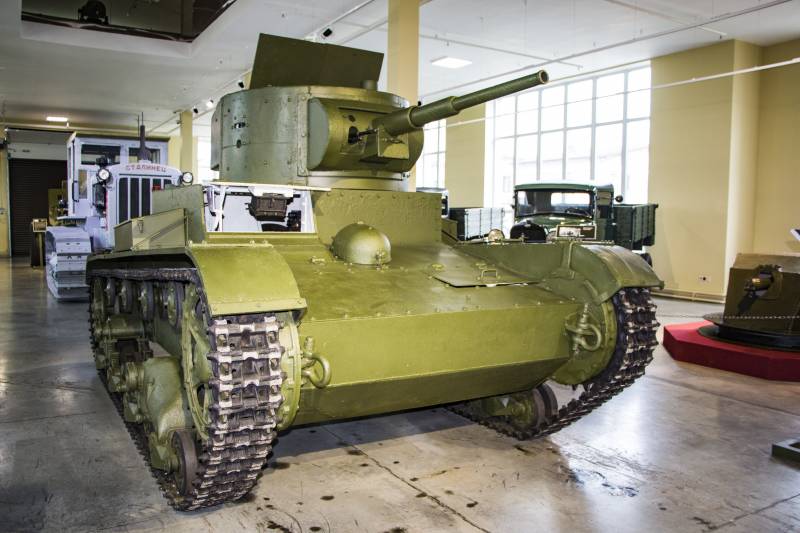
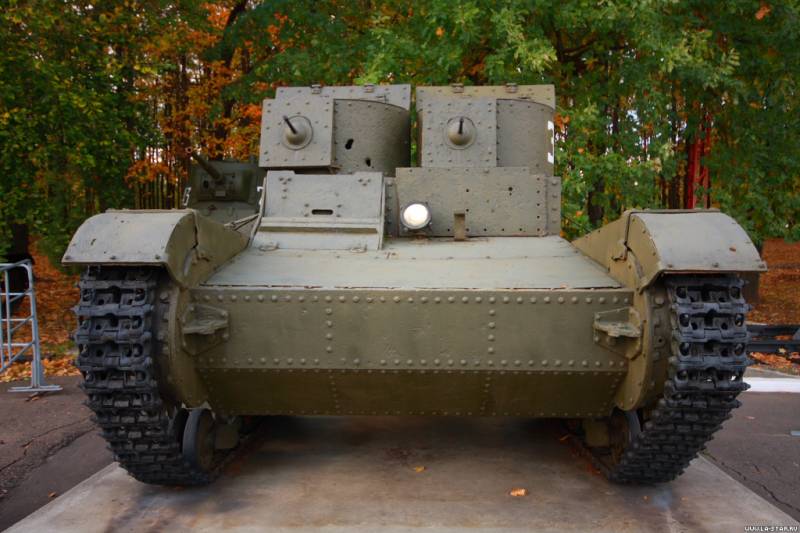
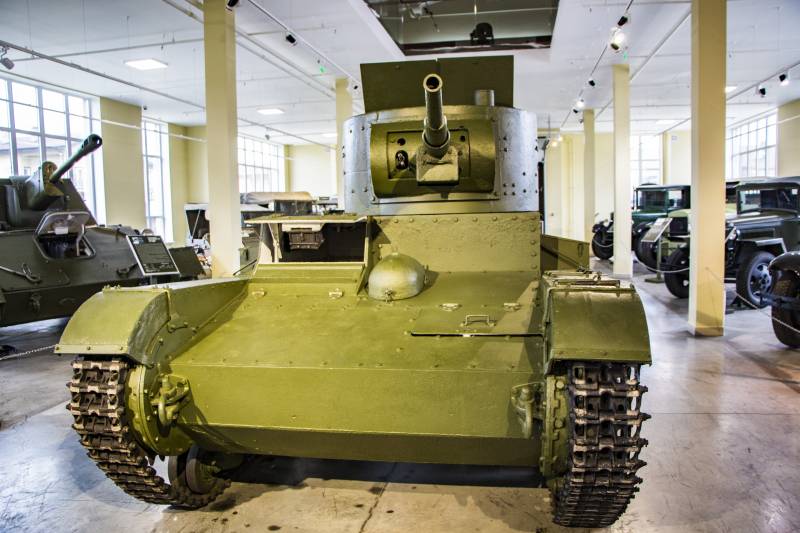
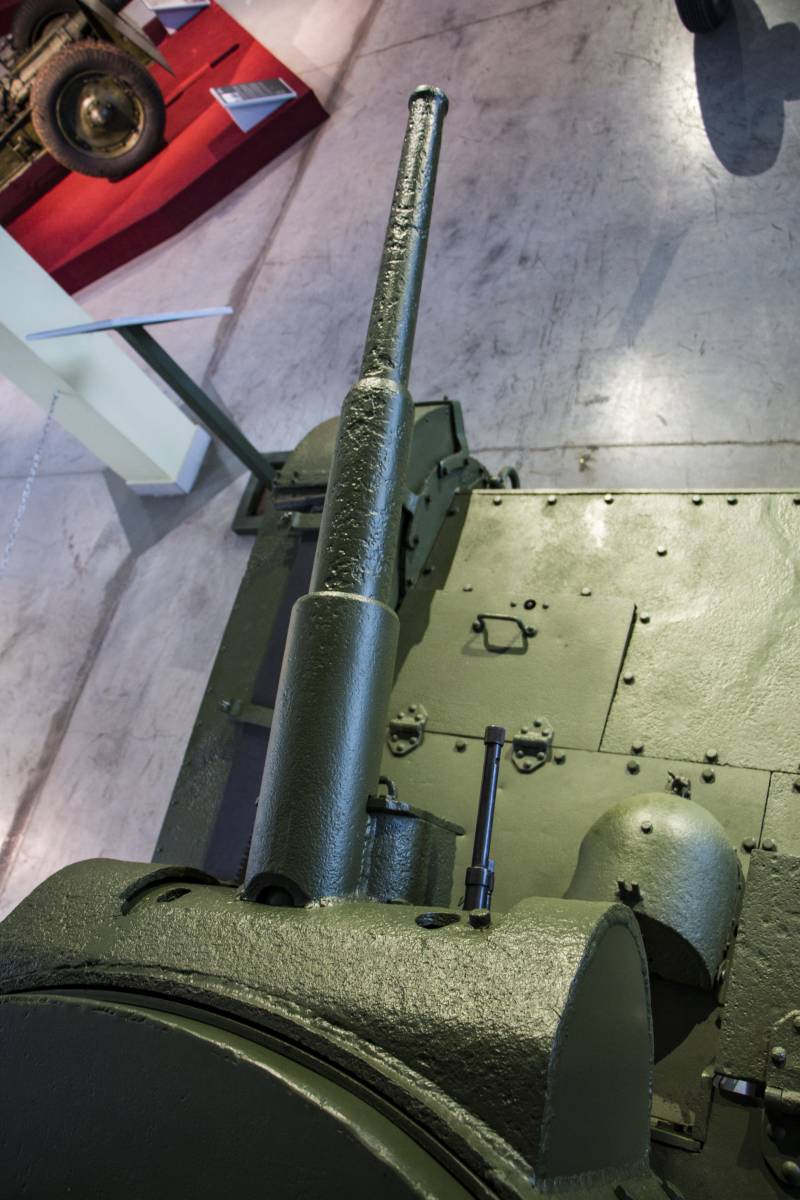
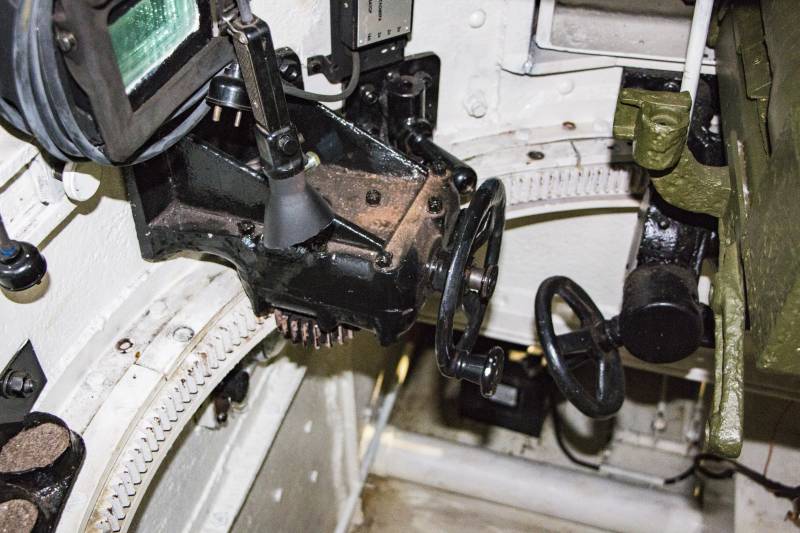
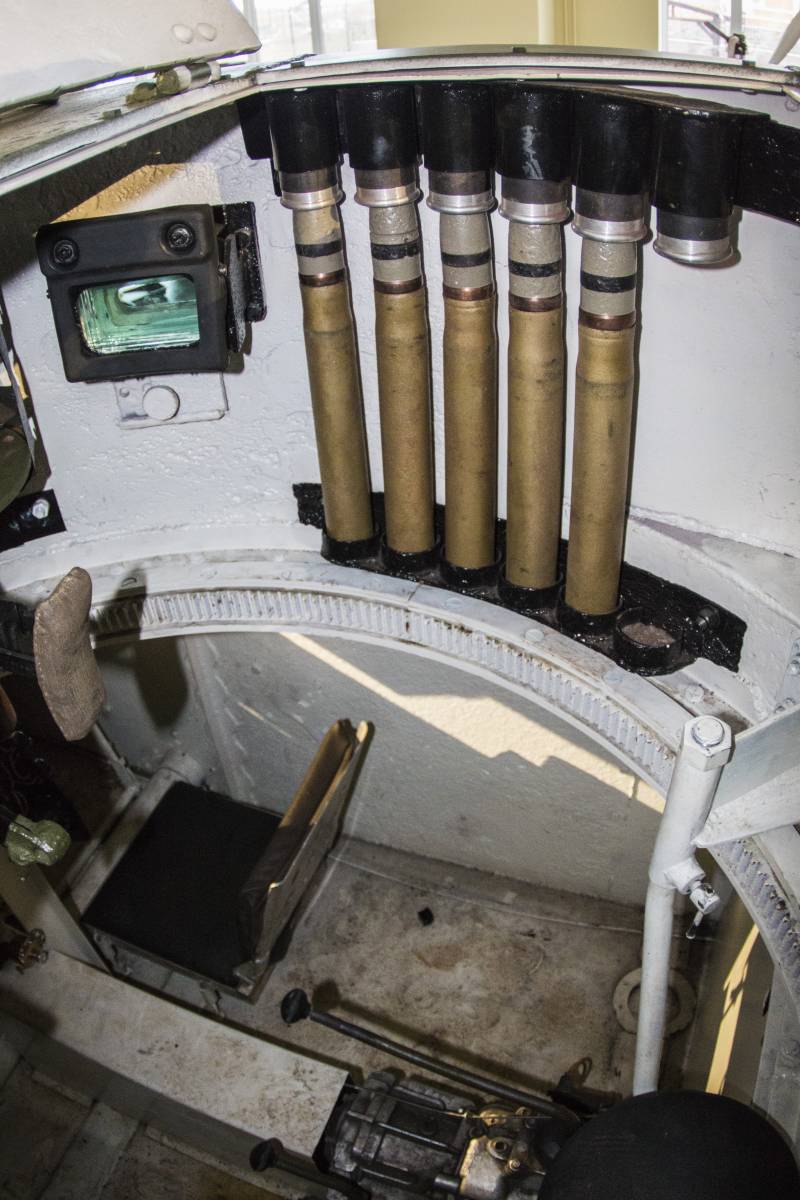
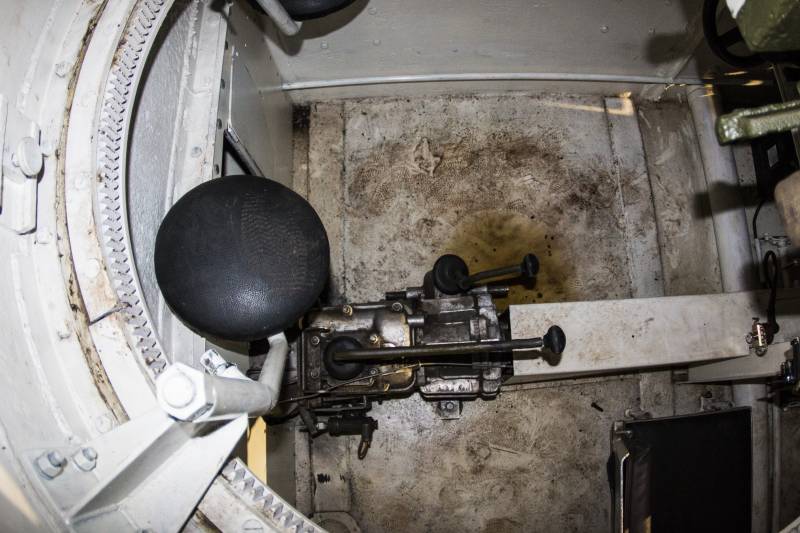
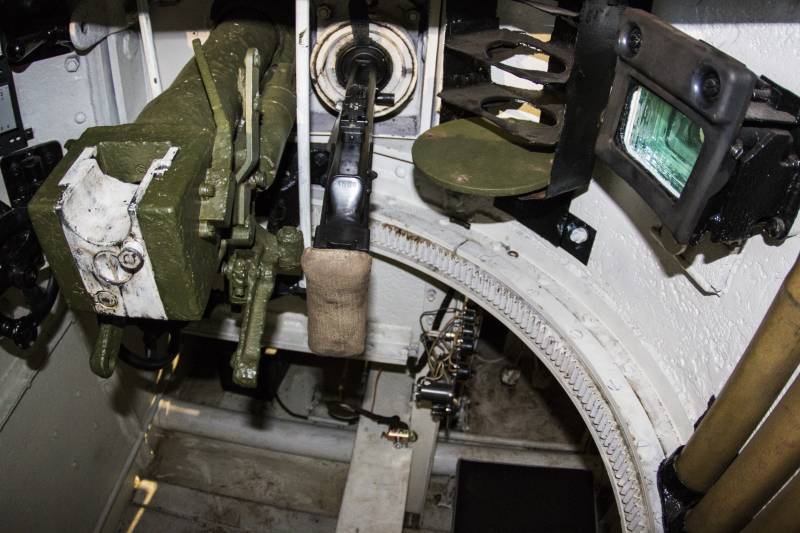
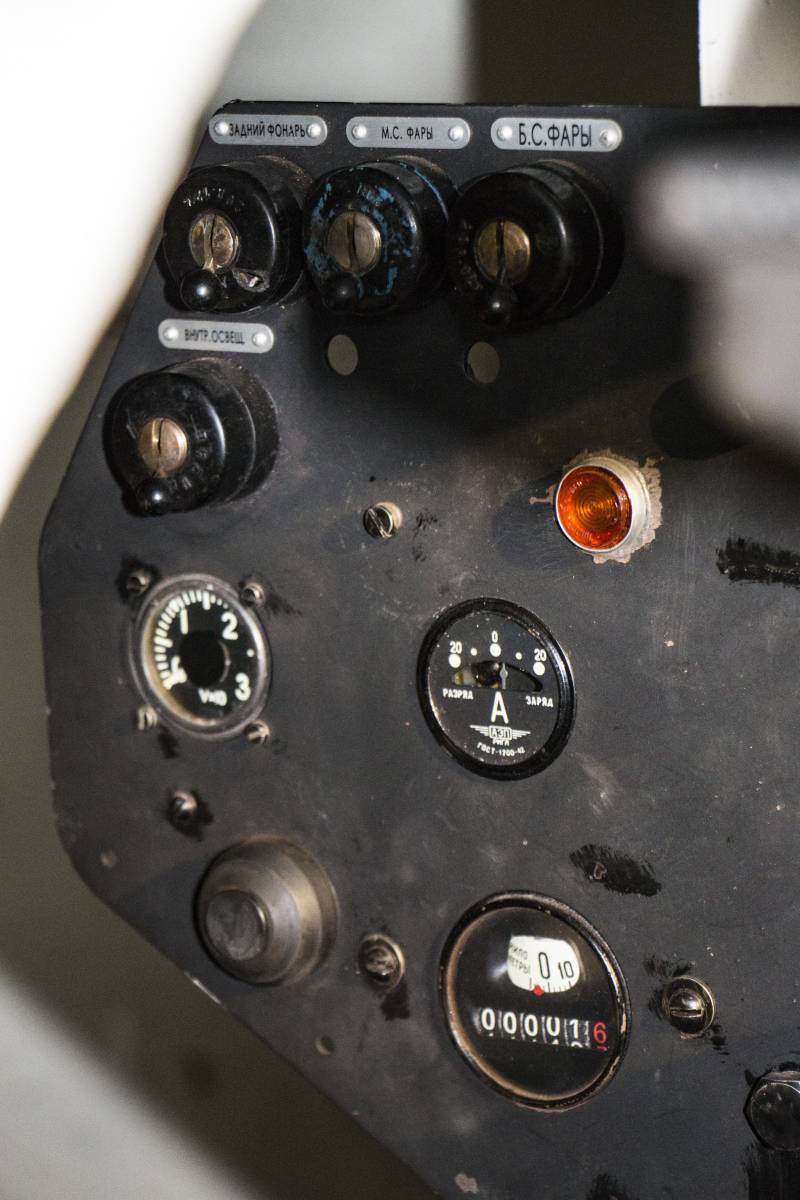
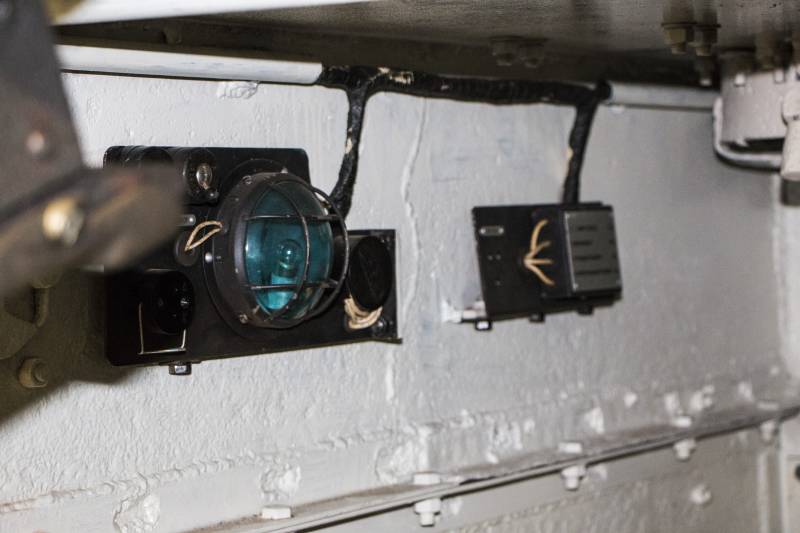
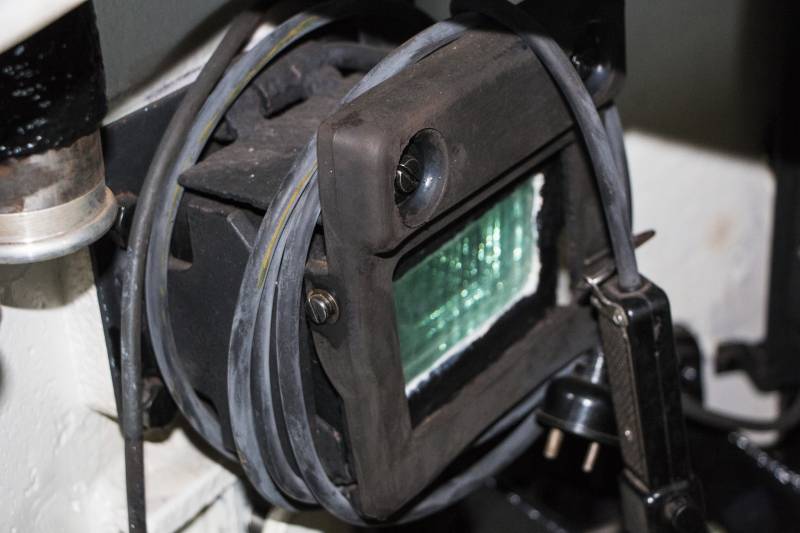
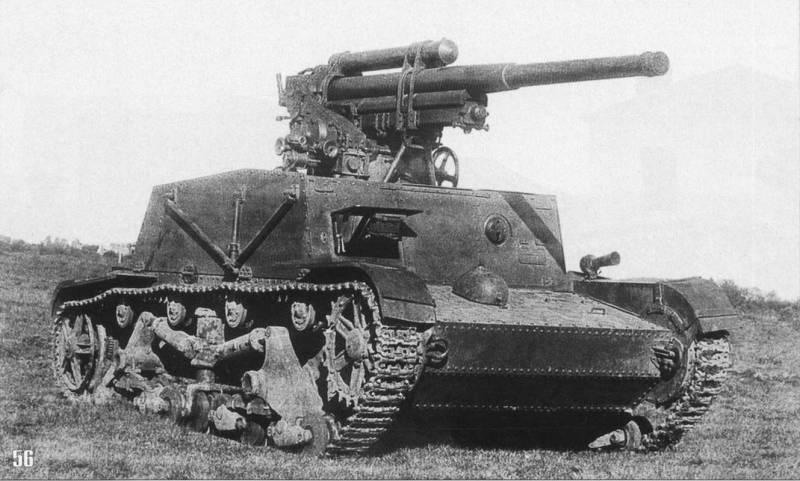
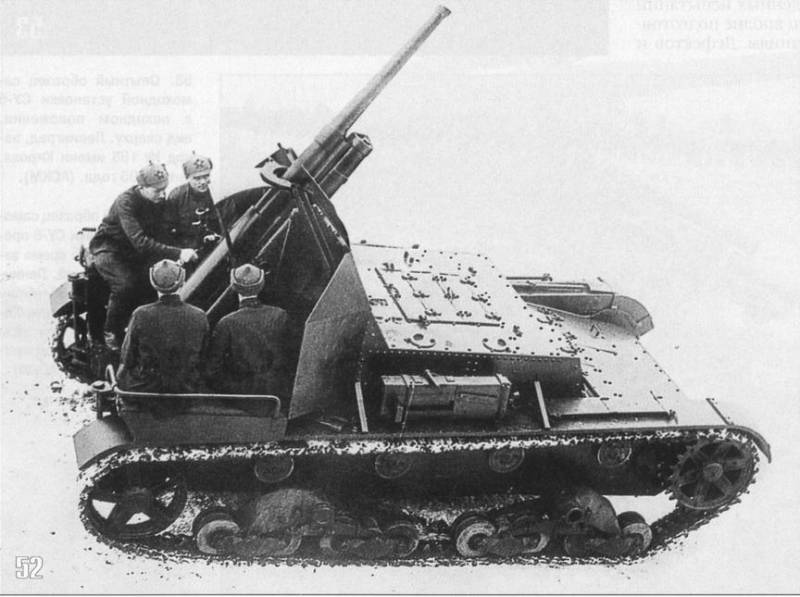
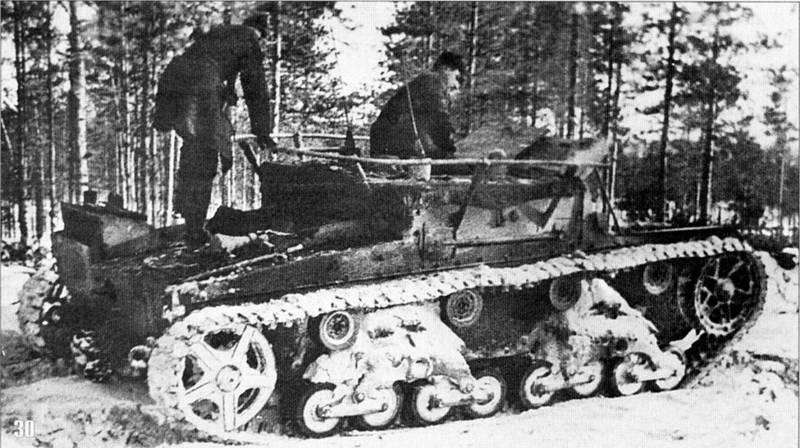
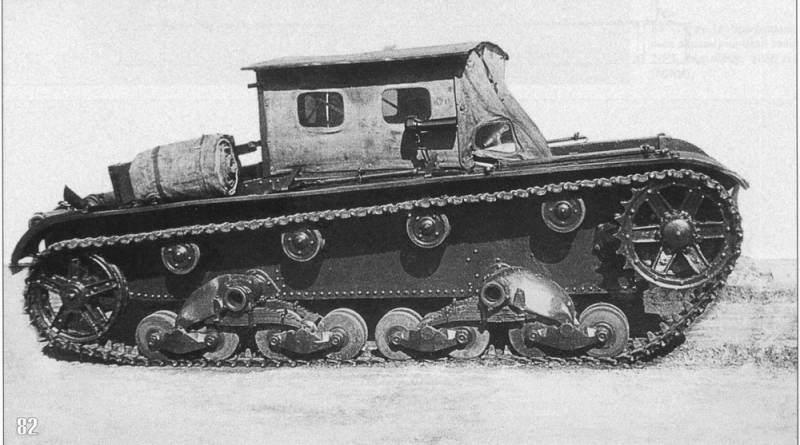
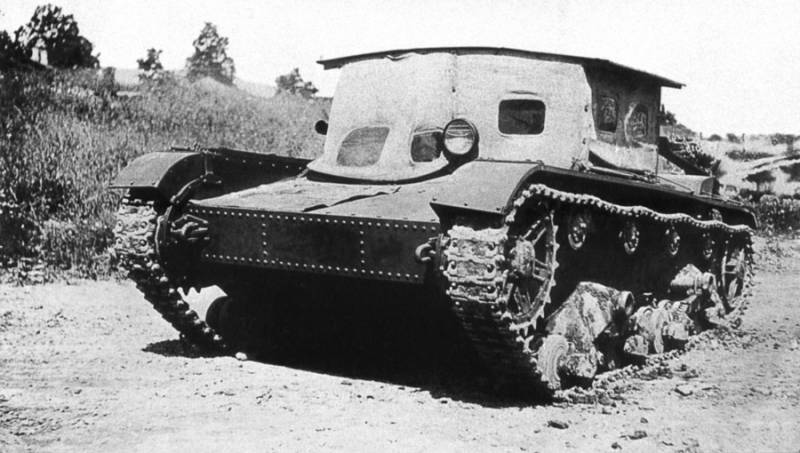
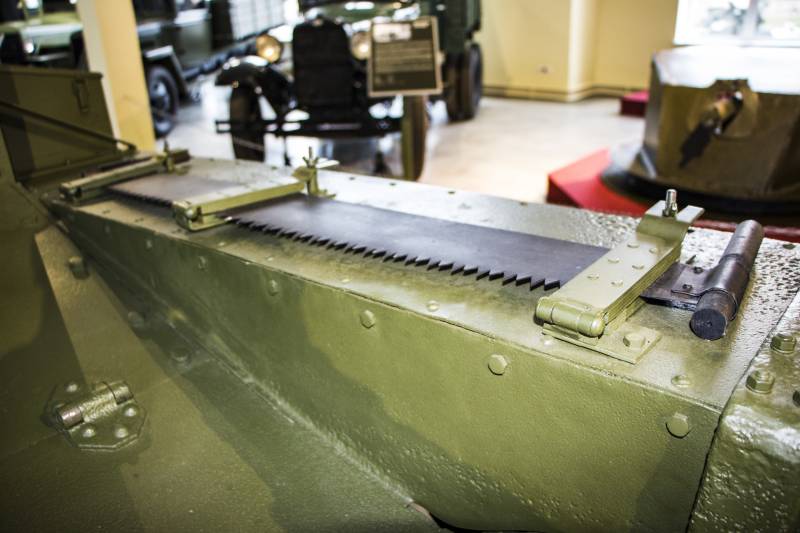
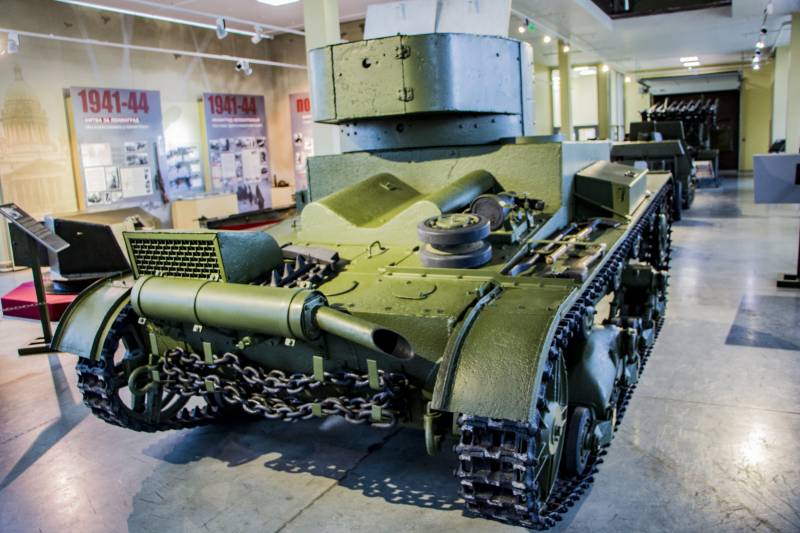
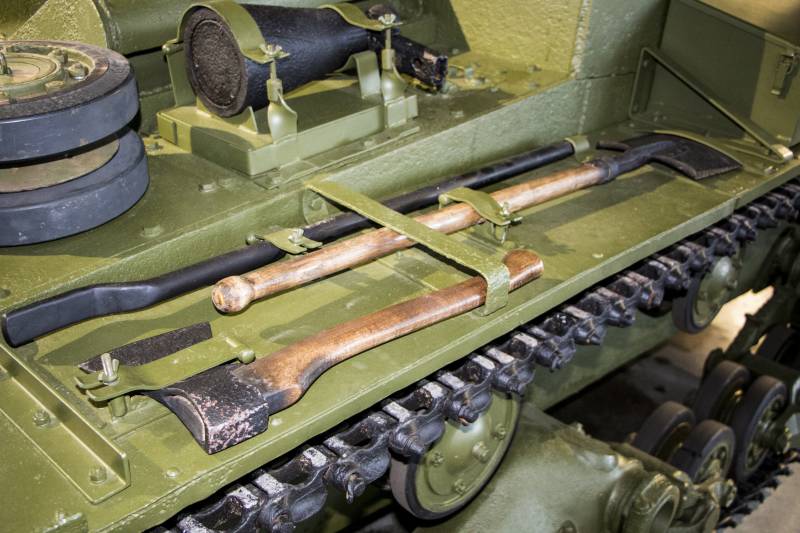
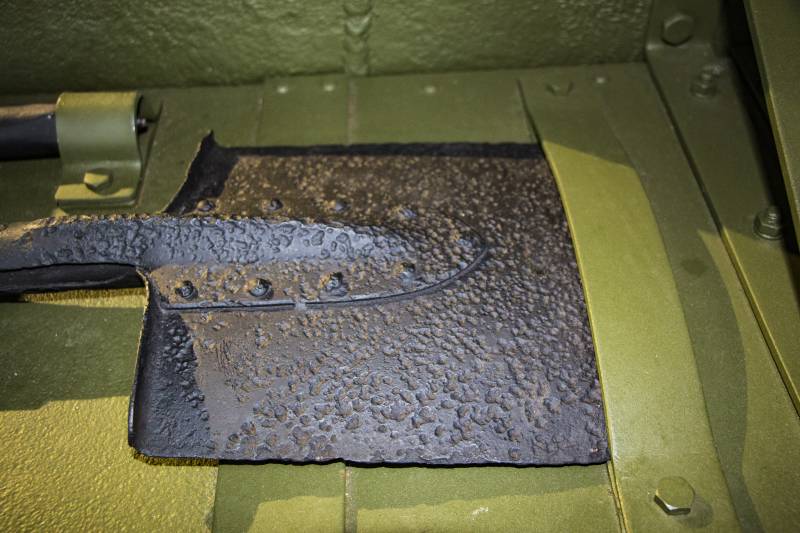
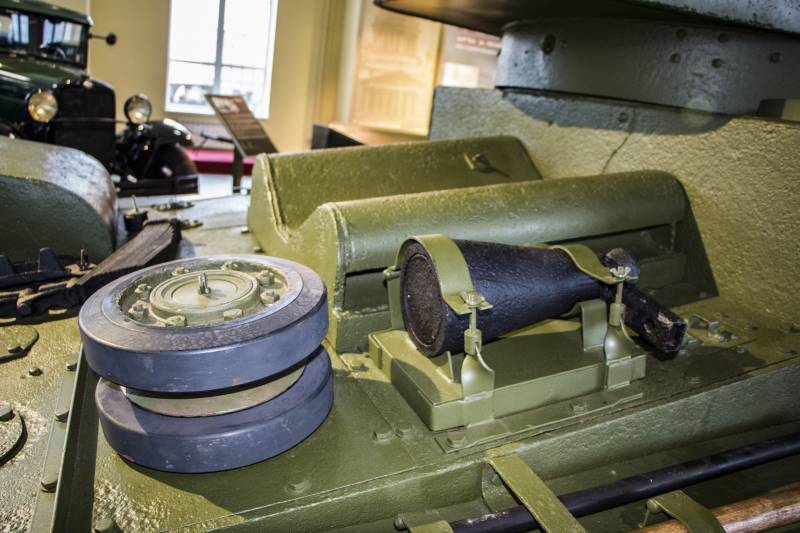
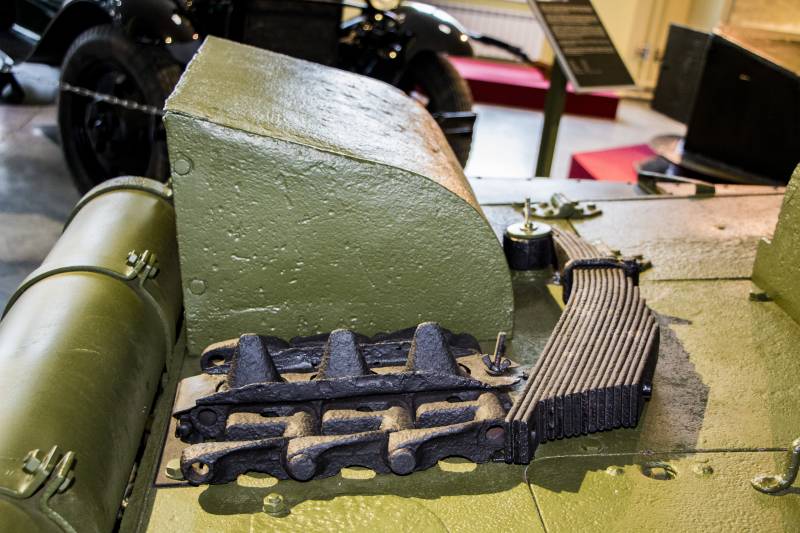
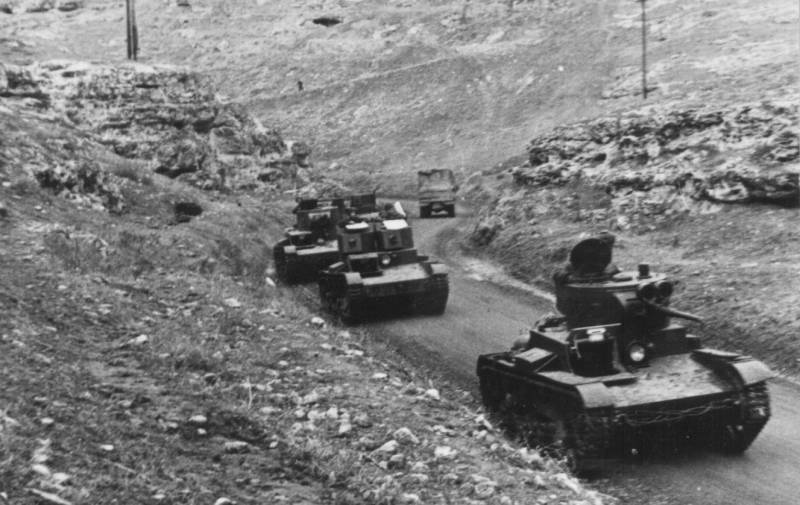
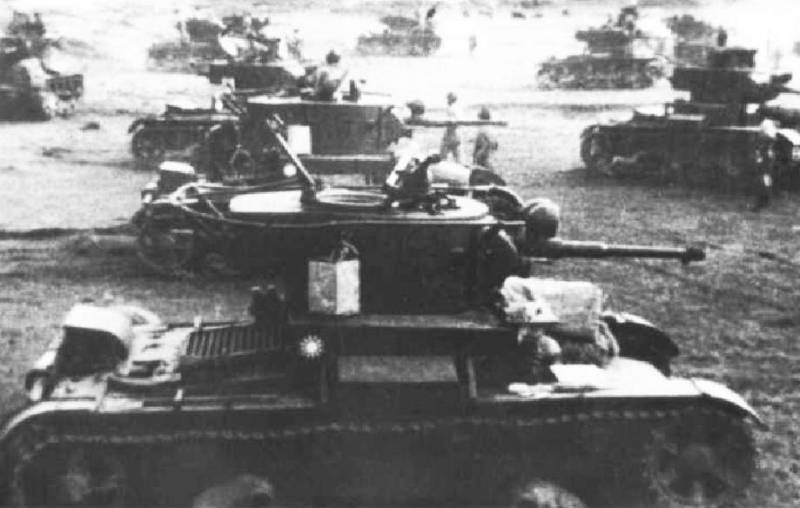
Information